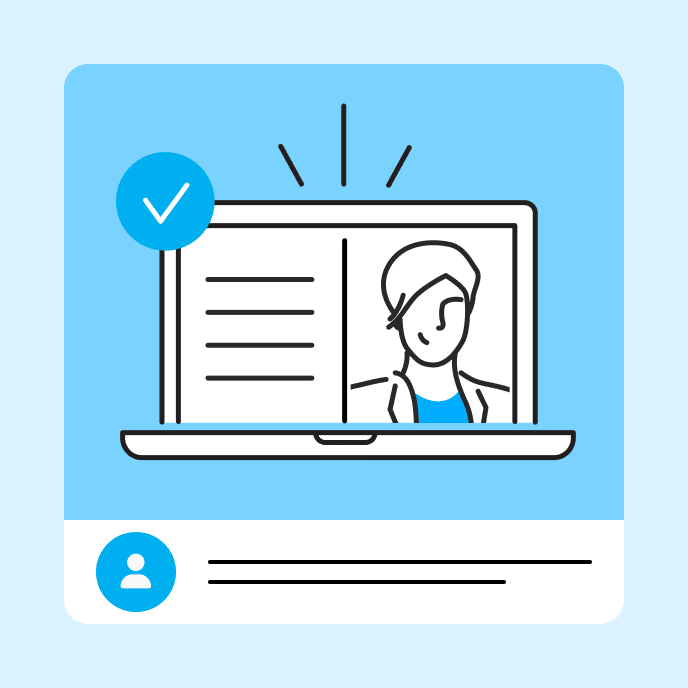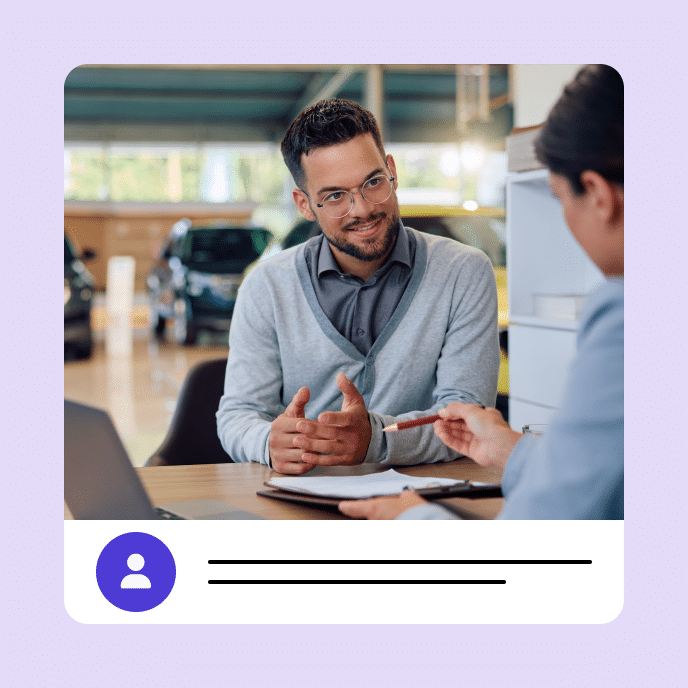The Downside of Most E-Learning Content
E-learning content is just that. Content needs context. And in course design, context is about meaningful learning experiences.

The evolution of e-learning
When I first learned to build e-learning courses, the general instruction for building e-learning content was to craft some learning objectives, organize and present the content, and then assess the learners using some sort of simple quiz. I think that’s how a lot of people learned to build courses with many of them following a similar structure.
Back in those days, the course authoring tools weren’t easily available and building something overly sophisticated required a lot more resources. Thus, many courses were relatively simple in terms of the instructional design and the e-learning content. Nowadays, there are much more sophisticated authoring tools available, so you can build e-learning courses that are more creative and engaging.
The structure most e-learning courses follow
While the tools are easier to use and there is more information available on how to build a better e-learning course, most courses still follow the same general structure: objectives, content, and quiz.

This makes sense because it’s organized, seems logical, and most e-learning course expectations probably lean more into the explainer-type content than performance. So it’s more about presenting content and a simple assessment than it is a robust learning experience.
This approach is very similar to how we’d build products on an assembly line in a factory. Design something that generally meets the needs for most people and push it out to everyone. There’s nothing wrong with this approach per se. If your content is well-designed and engaging, it can work just fine. This is especially true if all you need is tracked completion and there are no real performance requirements for the course.
However, it does have its downsides. For one, it assumes that all of the information is equally relevant to the learners and meets their learning needs. And in a world where learners are used to getting what they want when they want it, the one-size-fits-all approach to e-learning just doesn’t cut it anymore.
So what’s the solution?
Here are three general ideas to stimulate your thinking when it comes to e-learning content:
- Stay in the right lane. This may sound a bit cynical, but many courses may be important to the organization and annual compliance, but not relevant to the end user. Assembly line courses are fine for that. Don’t overbuild them and get the learners in and out and back to something more productive.
- As note above, keep the content-heavy courses simple and build the right decision-making activities in the courses that are more meaningful and tied to performance metrics.
- The key to successful learning is meaningful content and activities. Ultimately, the courses should be relevant to the learners and mirror how they’d use the content in real life. Create situations that simulate the decisions they need to make and present your content through those simulations rather than as a a series of bullet-point screens.
That’s enough to get you thinking. What would you add?
You may also like

Why Employee Onboarding Is Important—and How to Maximize Results
Want to increase new hire retention, engagement, and productivity? Unlock the benefits of employee onboarding with these tips.

